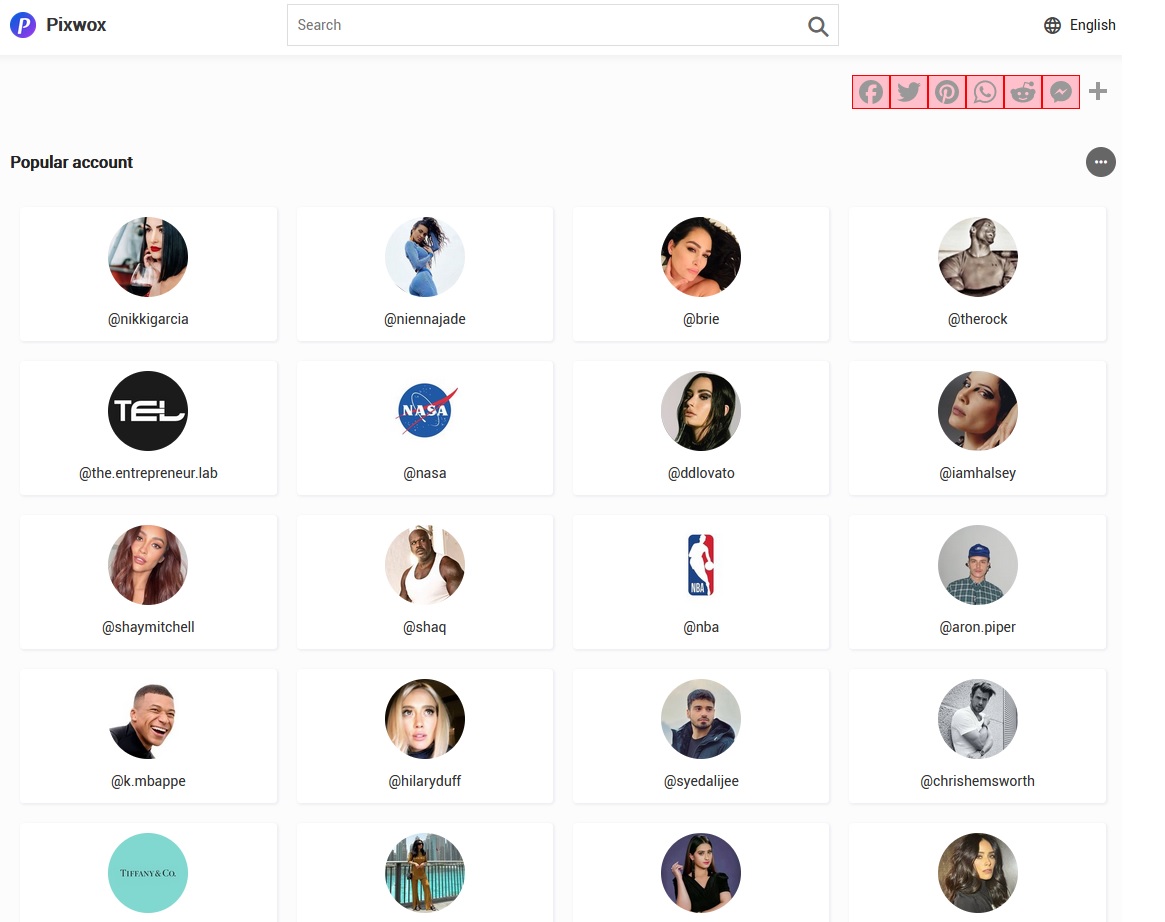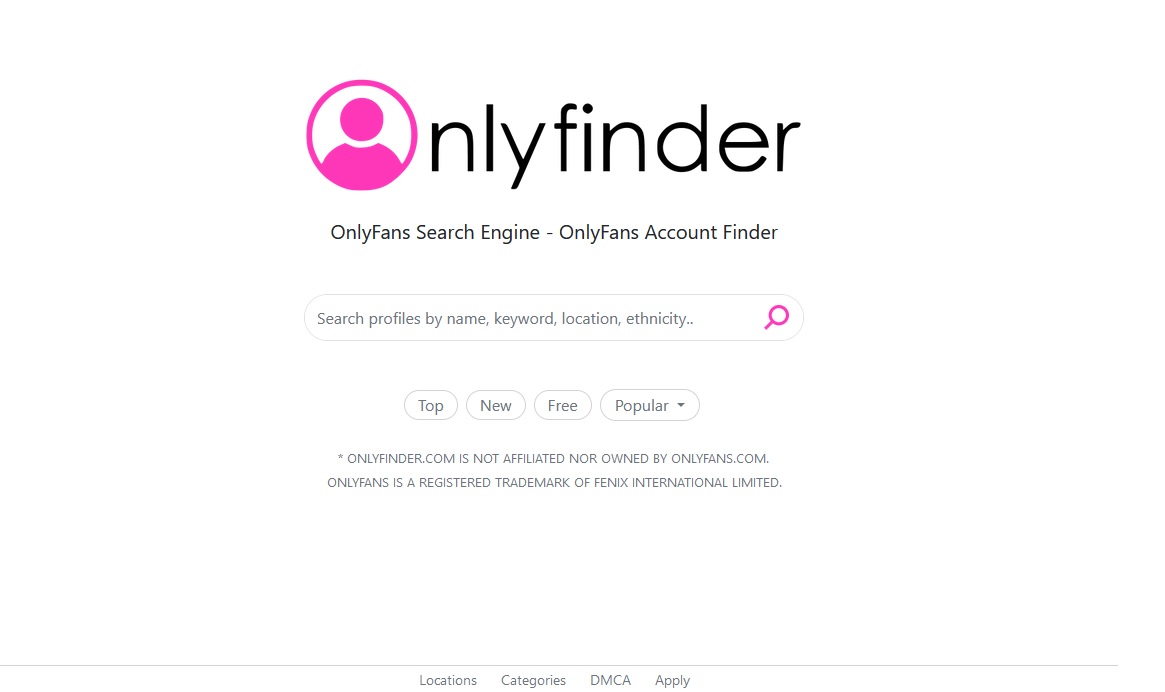What Is Cross Browser Testing?
The software industry has quite a few complications, and there are many times when a website or an application runs successfully on one browser and fails on another. Cross border testing is a brilliant and useful technique to check the compatibility of various applications on multiple browsers. The interpretation of different software and websites varies from browser to browser. There are chances that one browser displays a website accurately, and another shows discrepancies or a broken website.
But this should not restrict the users from viewing the website on other browsers to access an application. With the up-gradation of technology, it is now possible to check the compatibility of web and mobile applications and websites with multiple browsers like Internet explorer, chrome, firefox, safari, etc. Why Should Cross-Browser Testing Be Conducted?
Features of testing applications on multiple browsers are:
- It helps in augmenting efficiency, customer experience, and, eventually, business prospects.
- It helps to identify any issues or pitfalls in the internal software.
- To ensure the proper functioning of websites.
- It helps test the appearances of applications on different browsers and analyzing the key differences in the overall look.
- It is useful in identifying what is wrong with the website and what can be tweaked.
Who Performs This Testing?
Dedicated companies and professional marketing and analysis teams conduct various testings on browsers, devices, applications, and environments. A lot of time, effort, money, interest, and infrastructure are involved in conducting the same. The QA, development, and design teams are actively involved in this process of testing and implementation of suggested transformations. How To Perform Cross Browser Testing?
There are two ways to conduct cross-browser testing:
Manual – A dedicated company conducts testers on various applications using various browsers and identifies any complications, and observe the behaviors of the applications. It covers a myriad of browsers, but this process is time-consuming and expensive. Automated – Under this type of testing, the same sets are evaluated on different browsers multiple times. Because it is automated due to its repeated tasks of verification, it is more cost-effective and less time-consuming, thus being more favorable to the end-user. This can be done using various tools like:
- Using a secure VPN – Virtual Private machine to check the working of JAVA, AJAX, HTML, Flash, and other pages. You need to be cautious as it is done by a third party.
- Operations are performed on Multiple browsers, and the results are further analyzed.
- Multiple screen resolutions are accessed.
- In case of any technical complication, a screenshot is recorded for further investigation.
- Applicable to all kinds of web and mobile websites and applications.
- Authenticated websites can also be tested.
- Applications on a private network using a firewall can also be tested.
Cross-Browser Testing Checklist
The following Cross Browser testing tool are used to conduct a thorough investigation of the compatibility of the websites:
- CSS, HTML and XHTML validation
- Page validations using JavaScript
- Font size validation using Ajax and Jquery functionality
- Page layout, alignment, and images, header and footer sections in different resolutions
- Alignment of page content to center, Left, and right
- Page styles, date formats, HTML character encoding, the functionality of page zoom-in, and zoom-out
- Different operating systems like Windows, Linux, and Mac testing on different browsers
7 Benefits Of Testing Your Website Across Multiple Browsers
- Cost-effective, speedy procedure
It is best to automate the system of testing websites on multiple browsers as the return on investment is much higher, the process is much faster, and the effort involved is comparatively lower than in the manual testing process. The script should be precise and veritable as the testing exercise completely depends on its efficacy.
- Continuity in multiple testing & provision of massive testing coverage
Automated testing comprehends new codes and enables continuity in testing on a larger scale. It allows you to ship code faster and to estimate the right timing to launch the desired app in the market.
- Improves accuracy & user accessibility
Web app testing conducts various types of tests – short and long, feature-based, functionality coverage testing, and allows the system to conduct faster and more efficient techniques. It further allows us to test up a proper infrastructure to conduct the testing in the preferred language and allows us to eliminate pitfalls and bugs identified through the testing modules.
- Offers a positive business image & effective team collaboration
A collaboration between teams, boosting new ideas, supporting a better approach within a cost-effective infrastructure is the need of the hour to conduct multiple testing on websites on different platforms. This also ensures credibility and enhanced goodwill of the website and tested applications in the market as they are browser friendly and can run on any interface without complications.
- Accurately detects defects & issues in the system
If the testing module comes across a bug, it will immediately collect screenshots, make a detailed analytical report on it, write email chains regarding the bug, and surface it over an agile dashboard. If too many bugs are encountered, then the situation could be critical, and major software changes would need to be taken up by the team.
- Enhances browser compatibility & 24/7 access to shared resources
Such testing techniques provide round the clock resources and services, providing firms with a detailed report and major competitive advantage. The reliability factor is much higher, ensuring better compatibility of the software on various browsers.
- Automatic updates for new devices & browsers
As new devices keep coming to the market, they are automatically added, and the Selenium Testing updates the changes encountered with a powerful automated tool. A detailed study and reporting are done by the relevant teams, and thorough investigation and research are conducted to combat limitations and cut down costs to conduct such testings. Instant identification of problems and immediate resolutions to them enables a sound testing system to allow the website to run effectively on multiple browsers.
Conclusion
It is a technological necessity for every business to conduct cross-browser testing to verify the accessibility and smooth transition of applications on multiple browsers. Instead of depending on manual testing operations, organizations should switch to automated systems that help in eliminating high costs, low efficiency, time consumption, and wasteful uses of resources.








Add Comment